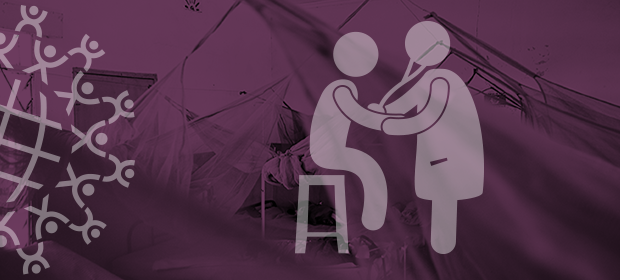Where We Work
See our interactive map


Last week over 200 people came together in Washington, D.C. to tackle the complex problem of understanding the role of communities in building resilient health systems.The format of Cracking the Nut events has been successful for the past five years in grappling with topics in the agriculture and finance sectors—all complicated, evolving issues that are tough to crack.
Resilient health systems are made of resilient individuals and organizations.
The prevailing framework for understanding resiliency in the context of health systems, Michael Meyers of the Rockefeller Foundation said during his opening remarks, is one derived from the 2015 Lancet article by Margaret E Kruk and others. It outlines the characteristics of a resilient health system within the context of the Ebola crisis: aware, adaptive, diverse, self-regulating, and integrated.Throughout the two days, we grappled with issues of scale, replicability, equity, sustainability, cost-effectiveness, evidence, and market dynamics. We delved into country-level initiatives, ranging from those in fragile states such as Liberia and Afghanistan to those in countries that are already benefiting from significant private-sector engagement, such as Ghana, Kenya, and Nigeria.There is no universal or simple solution, but as I discussed in my closing remarks at the event, there are five principles at the heart of all resilient health systems:
Do these principles resonate with you? What else do we need to crack the nut of resilient health systems?
Get the latest updates from the blog and eNews




